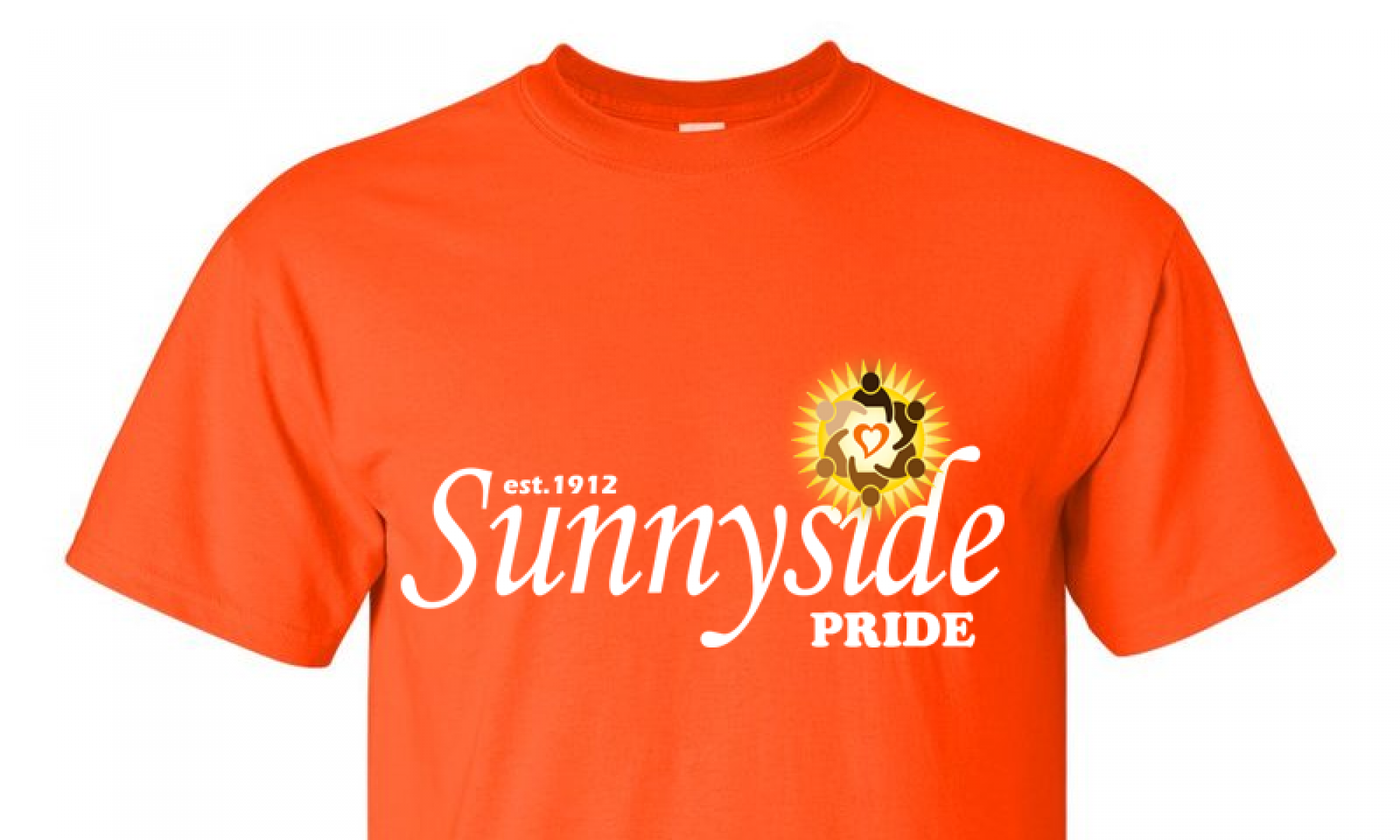The clutter of opinion around the Dana Schutz Whitney Biennial painting “Open Casket” is like embers that have found a source in which to maintain an inferno. In the heat of this ongoing moment, the discussion itself becomes the topic, taking precedence over the artwork and the contexts in which the painting was created and presented.
When considering a controversial artwork, whether one seeking to bait headlines or one subject to unpredicted reaction, sometimes it is best to locate and consider the merits of an opposite artwork. Finding an opposite artwork to contrast to this picture can bring the discussion back on the thing that will outlast all protests, actions, “takes”, socal media posts and the inevitable careerist symposia: the actual artwork. In this exercise, the wonder and potential liberation from the ordinary that art offers us can be better measured when the things that are absent in one artwork are achingly present in the other. Can the thesis survive an encounter with its antithesis?
Imagine the riveting solo show by Kenyatta A.C. Hinkle “The Evanesced” at the California African American Museum as possibly the opposite artwork from Schutz’ “Open Casket”. Schutz, a white woman, has painted an abstracted version of an iconic image of black trauma that was a catalyst in propelling the civil rights movement forward. Hinkle, an African American woman, has painted expressionistic images of anonymous contemporary black women who have disappeared with many, it is feared, having been kidnapped and murdered. Hinkle paints the horror of not knowing a specific trauma yet knowing specfic trauma is being perpetuated. In a sensitive curation, CAAM’s deputy director Naima Keith places large, almost life-sized portraits of vanished women, leading us to a back wall hosting a seeming infinity of smaller, but no less intense, renderings of the same subject… the nameless, and here sometimes shapeless missing.
Schutz has the comfort of sixty years separating her from the gruesome murder of Emmett Till and, as evinced by the title of her piece, investigates from the perspective of a mother (a point she reiterated in defending her picture to the attacks and protests it has engendered). The context of Dana Schutz’ race has been debated ad nauseum, but in contrast, as a black woman, Hinkle delivers the pictorial equivalent of the Phil Ochs ode, “There But For Fortune Go I”. If Schutz meant for her Till portrait to carry forth the image of that murder into a different medium – and the jeremiads about her motives in doing just this have been downright unfair and border on the self-serving – she cannot evade the scrutiny of having made a prop out of the whole Till epic.
Painting’s capacity to mythologize is its conceptual strength, but with great strength comes great responsibility. One can see that the aim of the Schutz piece is to avoid caricature, but she falls short of any impact that the infamous documentation of Till’s actual open casket did not already convey. Bringing nothing new to the subject she unwittingly made herself the subject, hence the endless contextualizing of the picture as inextricably linked to its author’s whiteness.
Ever the opposite, “The Evanesced” gives viewers what contemporary painting is best at delivering. Hinkle’s ambiguous subjects are concretely defined by their fate as the casual expressionism of her brushwork evokes the anonymity of the subjects. She expertly marks what might be trauma with spatial composition that vaguely illustrates what also might be movement. We see the subjects as present yet evasive. They are both both form and concept. Alive and yet ellusive, they are concretely evanescent.
To nail a concrete paradox is a masterful accomplishment not every artist will come close too in their lifetime. Schutz reached to make an epic pictorial statement and failed. The punishment in the press for this failure is not what painters need to see. Risks need to be taken, and therefore encouraged, or painting is just the home decoration wing of the entertainment-industrial complex. Hinkle meanwhile delves into the invisible horrors right in front of us all and creates work that avoids exploitation, balancing the tragic with the poignant. It is too bad the firestorm of scorn aimed at Dana Schutz cannot somehow be transfigured into accolades for Kenyatta A.C. Hinkle.
“Kenyatta A.C. Hinkle: The Evanesced,” curated by Naima J. Keith, runs at the California African American Museum in L.A.’s Exposition Park until June 25.
— This feed and its contents are the property of The Huffington Post, and use is subject to our terms. It may be used for personal consumption, but may not be distributed on a website.
Source: HuffPost Black Voices
